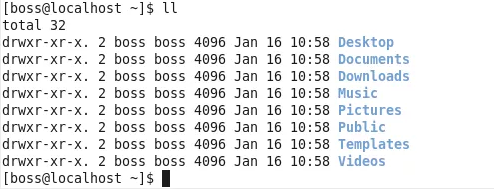I am implementing a siamese network in which i know how to calculate triplet loss by picking anchor, positive and negative by dividing input in three parts(which is a handcrafted feature vector) and then calculating it at time of training.
anchor_output = ... # shape [None, 128]
positive_output = ... # shape [None, 128]
negative_output = ... # shape [None, 128]
d_pos = tf.reduce_sum(tf.square(anchor_output - positive_output), 1)
d_neg = tf.reduce_sum(tf.square(anchor_output - negative_output), 1)
loss = tf.maximum(0., margin + d_pos - d_neg)
loss = tf.reduce_mean(loss)
But the problem is when at time of testing i would be having only two files positive and negative then how i would deal with(triplets, as i need one more anchor file but my app only take one picture and compare with in database so only two files in this case), I searched a lot but nobody provided code to deal with this problem only there was code to implement triplet loss but not for whole scenario.
AND I DONT WANT TO USE CONTRASTIVE LOSS
Colab notebook with test code on CIFAR 10:
https://colab.research.google.com/drive/1VgOTzr_VZNHkXh2z9IiTAcEgg5qr19y0
The general idea:
from tensorflow import keras
from tensorflow.keras.layers import *
from tensorflow.keras.models import Model
from tensorflow.keras import backend as K
img_width = 128
img_height = 128
img_colors = 3
margin = 1.0
VECTOR_SIZE = 32
def triplet_loss(y_true, y_pred):
""" y_true is a dummy value that should be ignored
Uses the inverse of the cosine similarity as a loss.
"""
anchor_vec = y_pred[:, :VECTOR_SIZE]
positive_vec = y_pred[:, VECTOR_SIZE:2*VECTOR_SIZE]
negative_vec = y_pred[:, 2*VECTOR_SIZE:]
d1 = keras.losses.cosine_proximity(anchor_vec, positive_vec)
d2 = keras.losses.cosine_proximity(anchor_vec, negative_vec)
return K.clip(d2 - d1 + margin, 0, None)
def make_image_model():
""" Build a convolutional model that generates a vector
"""
inp = Input(shape=(img_width, img_height, img_colors))
l1 = Conv2D(8, (2, 2))(inp)
l1 = MaxPooling2D()(l1)
l2 = Conv2D(16, (2, 2))(l1)
l2 = MaxPooling2D()(l2)
l3 = Conv2D(16, (2, 2))(l2)
l3 = MaxPooling2D()(l3)
conv_out = Flatten()(l3)
out = Dense(VECTOR_SIZE)(conv_out)
model = Model(inp, out)
return model
def make_siamese_model(img_model):
""" Siamese model input are 3 images base, positive, negative
output is a dummy variable that is ignored for the purposes of loss
calculation.
"""
anchor = Input(shape=(img_width, img_height, img_colors))
positive = Input(shape=(img_width, img_height, img_colors))
negative = Input(shape=(img_width, img_height, img_colors))
anchor_vec = img_model(anchor)
positive_vec = img_model(positive)
negative_vec = img_model(negative)
vecs = Concatenate(axis=1)([anchor_vec, positive_vec, negative_vec])
model = Model([anchor, positive, negative], vecs)
model.compile('adam', triplet_loss)
return model
img_model = make_image_model()
train_model = make_siamese_model(img_model)
img_model.summary()
train_model.summary()
###
train_model.fit(X, dummy_y, ...)
img_model.save('image_model.h5')
###
# In order to use the model
vec_base = img_model.predict(base_image)
vec_test = img_model.predict(test_image)
compare cosine similarity of vec_base and vec_test in order to determine whether base and test are within the acceptable criteria.





